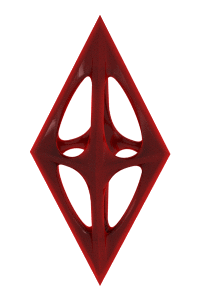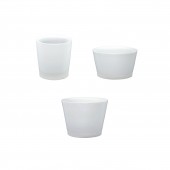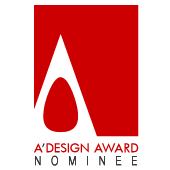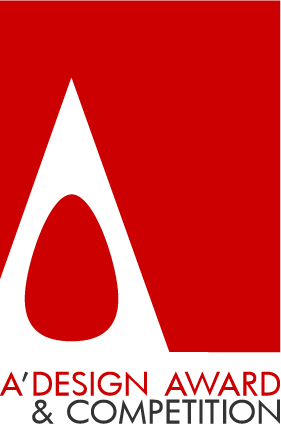SloQuick Ramen Cups & Servers by Theodore Kwack |
Home > |
 |
|
||||
| DESIGN DETAILS | |||||
| DESIGN NAME: SloQuick PRIMARY FUNCTION: Ramen Cups & Servers INSPIRATION: Canadian architect Ph.D. KWACK Theodore is currently working on the food and beverage design space and design in Korea. Cup ramen container design includes a campaign characteristic that saves resources on a sustainable side. By designing it as a reusable ceramic cup, it is a design-centered on food life that reduces the amount of paper used and reduces the pulp usage of environmental destruction by continuously using cup ramen in the same container. UNIQUE PROPERTIES / PROJECT DESCRIPTION: The SloQuick project was carried out in collaboration with Nongshim, a world-renowned Korean ramen company. It is a design work that encourages reducing disposables by converting paper cups into ceramic cups under the slogan of globalizing cup noodles and preserving natural resources. It is a part of a design project that can transform the instant cup ramen market into the fresh home-meal-replacemen OPERATION / FLOW / INTERACTION: Instant noodle has been one of the most representative food in the instant food market. The disposable container of instant cup noodles has been made since the 1970s. The ceramic ramen container not only reduces wastes but also improves the quality of eating. These ceramic ramen cups and servers can connect the instant and the fresh food by making their own choices from fresh ingredients. It can provide people diverse choices which can meet their taste and lifestyles. Ramen could be a foundation for implementing various foods by providing a food and beverage container design that can represent the new lifestyle and needs. PROJECT DURATION AND LOCATION: The project started in June 2020 in Seoul and finished in January 2021 in Seoul, South Korea. FITS BEST INTO CATEGORY: Food, Beverage and Culinary Arts Design |
PRODUCTION / REALIZATION TECHNOLOGY: Ramen cups and servers are made of 1250 degree white porcelain. Hand-made product. SPECIFICATIONS / TECHNICAL PROPERTIES: Ramen cups and servers come in three sizes. The large Size: 150mm×150mm×120mm The middle Size: 150mm×150mm×90mm The small Size: 100mm×100mm×110mm Porcelain, Wheel-thrown, Glazed, and gas-fired in 1250(Celcius) Wooden handle TAGS: Eco-container as long as recycling lasts RESEARCH ABSTRACT: Cup ramen, which is now popular all over the world. However, the container has been made of paper and plastic. The ceramic ramen cup was designed as a reusable container. This is the beginning of the harvest and will be a reinterpretation of the recycling resources. It is an eco-products that reduce environmental damage and will be a groundbreaking methodology to recycle and reuse containers sustainably. It is expected that simple instant food to home meal replacement will induce eco-friendly life. CHALLENGE: The SloQuick project is a container development project for cup ramen, while also planning a ramen restaurant. Based on Nongshim Ramen, a world-renowned ramen company, the company aims to present space and food and beverage design to the new ramen market through a fusion of traditional and modern, snack foods and fresh foods while using traditional Korean white porcelain as a container material. ADDED DATE: 2021-02-28 15:20:10 TEAM MEMBERS (3) : Architect Ph.D. KWACK Theodore , Ceramist CHOI Daekyu and IMAGE CREDITS: The basic copyright/image/photo/sound/video credit is for the architect/designer Ph.D. KWACK Theodore, and Nongshim's logo, and other information are based on the agreement with Nongshim's CEO Park Joon on January 22, 2021. |
||||
| Visit the following page to learn more: https://www.tohaus.co.kr www.nongshim.com | |||||
| AWARD DETAILS | |
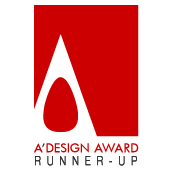 |
Sloquick Ramen Cups & Servers by Theodore Kwack is Runner-up for A' Design Award in Food, Beverage and Culinary Arts Design Category, 2020 - 2021.· Read the interview with designer Theodore Kwack for design SloQuick here.· Press Members: Login or Register to request an exclusive interview with Theodore Kwack. · Click here to register inorder to view the profile and other works by Theodore Kwack. |
| SOCIAL |
| + Add to Likes / Favorites | Send to My Email | Comment | Testimonials |

